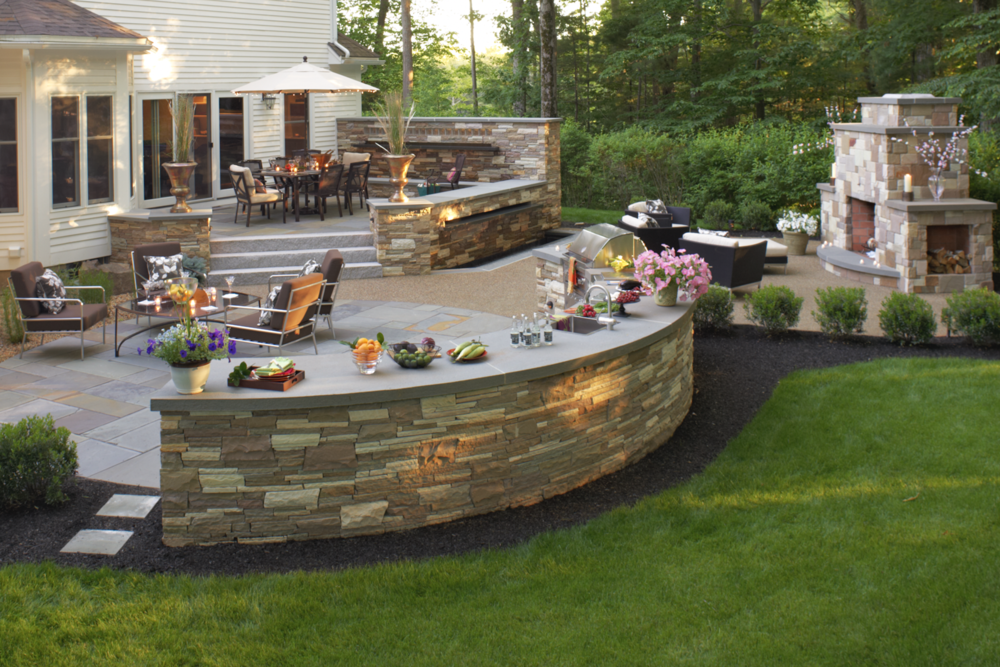4 Key Landscape Design Essentials in NH
Designing an attractive landscape for a more exciting look for your New Hampshire home requires solid planning and the necessary expertise in landscaping and design. Hiring someone to put together and execute this plan is a smart decision, but if you are interested in the nuts and bolts of this process, here are four key elements that are taken into consideration.
Thorough site analysis
The design plan starts with an analysis of your site, including existing layout, soil properties, drainage, climate, and existing vegetation. While the development of the plan is taking place, it’s a good idea to have a clear picture of what you’d like to include in your landscape. During this process, your landscaper will advise on a potential layout and the possibilities presented by your landscape, and offer some insight into materials that will offer durability while complementing the architecture of your home.
Softscape planning
The softscape of your new design includes any area consisting of vegetation or lawn. A flowing, well-planned softscape is essential for a backyard that provides natural beauty throughout the seasons. Plants are selected based not only on their visual properties (color, shape and texture) in order to best complement the setting, but also on the time of year in which they will be in full bloom and the soil in which they are most likely to thrive. Plantings can then be staggered in order to ensure year round color in your plant beds.
RELATED: WINTER LANDSCAPING DO'S AND DON'TS IN HILLSBOROUGH COUNTY
Hardscape decisions
The word hardscape refers to outdoor man-made structures and surfaces such as patios, retaining walls, driveways, walkways and poolside surrounds. Hardscapes play an essential role in creating, separating and linking outdoor spaces, as well as integrating functionality into your outdoors. While a good hardscape design blends with the softscape, complementing the surrounding vegetation, hardscape features such as outdoor fireplaces can become ideal focal points in and of themselves.
RELATED: INCORPORATING STONE VENEER INTO YOUR LANDSCAPE DESIGN
The decisions involved here include deciding on what types of outdoor spaces you’d like to include, what sort of style, shape or form theme you’d like to incorporate and what functions you’d like your hardscape to serve. Would you like to include a fire pit? An outdoor fireplace? An outdoor kitchen with a bar and pizza oven? A fountain or other water feature to add ambience to your patio? Or perhaps some combination of these elements? You may even wish to incorporate raised plant beds into your hardscape to soften the aesthetic of the natural stone or concrete pavers used and include greenery in your outdoor living area.
Plotting and connecting utilities
Utility lines play an important role in your landscape design. Before designing your landscape, your landscaper will be sure to have an accurate picture of the utility lines, including power utilities, rainwater tanks, and underground gas-lines. The location of these is not only important if excavation is necessary, but will also give an indication of possible placement of functional outdoor rooms or features such as outdoor kitchens and gas-fueled fire features. Alternatively, extensions and rerouting of these utilities can be done to accommodate your new design.

